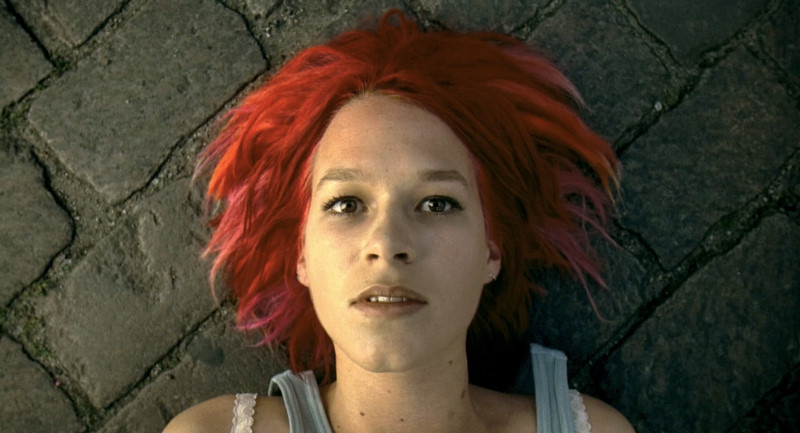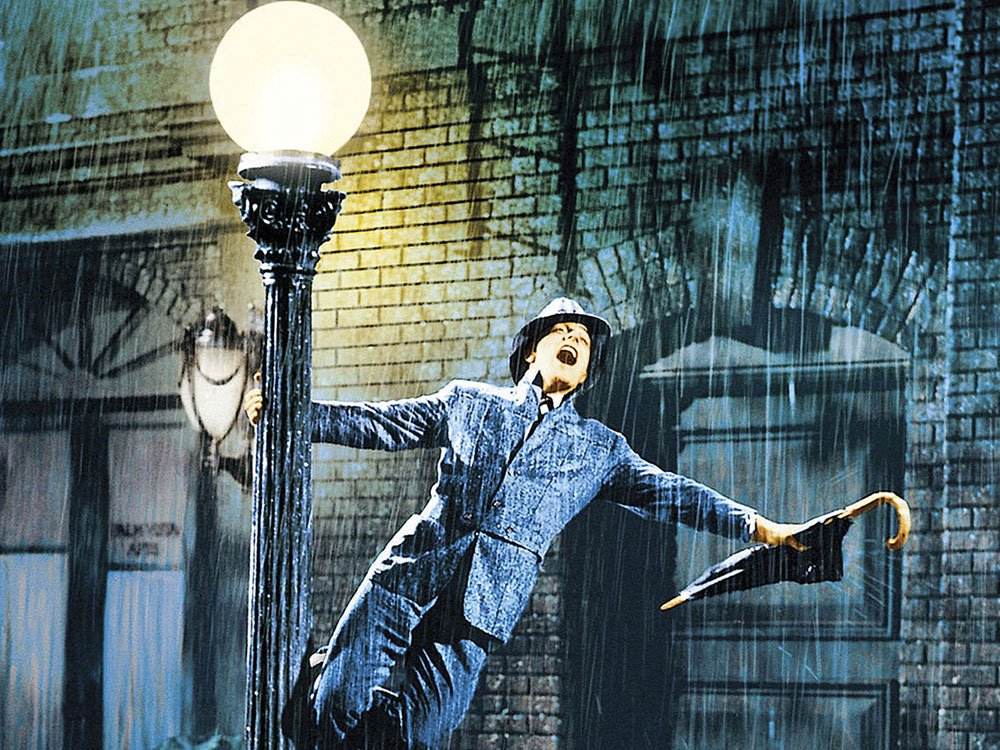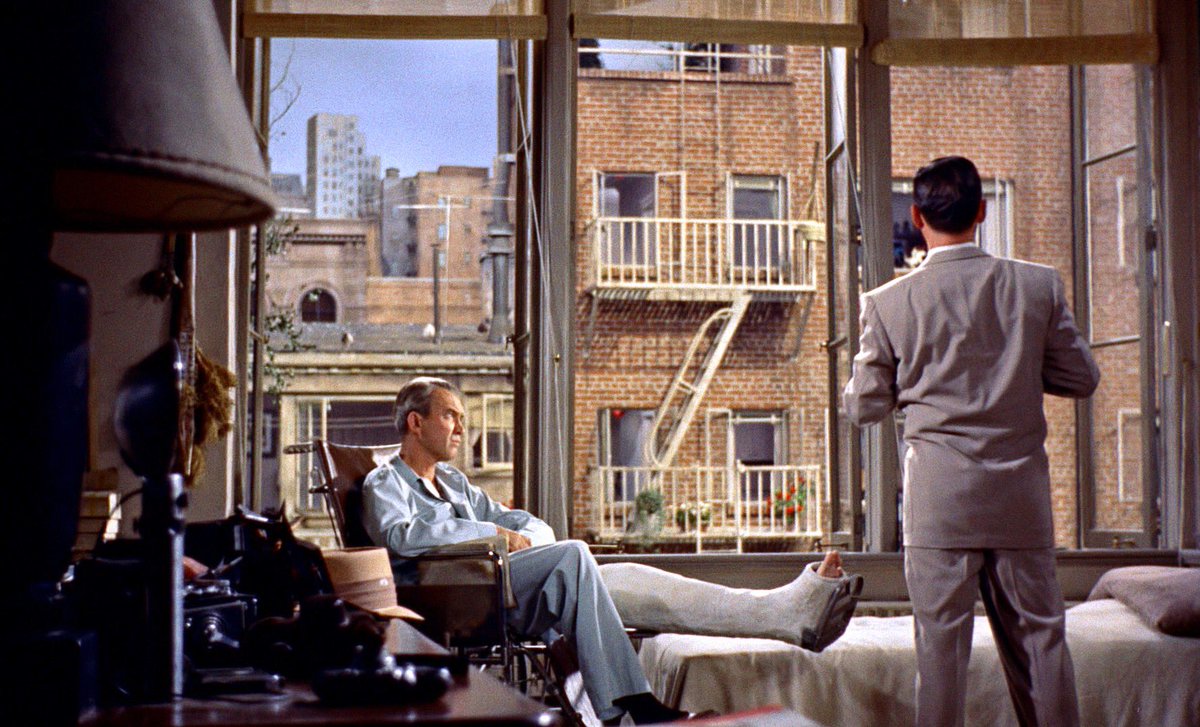
Here we are, you and me, on the last page. And thus, brings a close to this major project, and also to my time studying BA Cinema at the University of South Wales. As a way to send-off our time on this course, creating this project has been perhaps the strongest way to bring all of us together. It has allowed myself to work and collaborate with some of the great friends I have had the pleasure and privilege of making on this course.
In my last post, I discussed how, not only this project allowed me to work alongside these people that I have made strong connections with, but also how it enabled me to discover just where I wanted to take myself into the film industry. Through further work and through completing this project, such a newfound desire has only been strengthened.
As a major part of the production team, I have continued to help to create the visual material for our project’s website. After completing the interviews, I was entrusted by our team leader Ryan to film a script reading of Olivia’s screenplay that she wrote for the screenwriting course. As a result, I was responsible for booking out rooms and equipment, corresponding with Olivia and others who were a part of the recording, plus managing and filming the overall reading. This gave me a further taste of what being a part of a set production could be like, and made me realise just how much it is something that I am desperate to be able to do in and for the foreseeable future.

As a part of this, we also recorded a brief interview section with Olivia in which she discusses and dissects her script writing process, as well as her own personal development as a screenwriter over the past three years on the course. Not only did this allow me to further collaborate with a close friend, but it also allowed us to create some visual material that further links into our project’s central ideas of growth and progression. Through recording this, I could see the growth of my friend’s time on the course, as well as my own by this marking a further realisation of how far my desires for the film industry have developed. As a result, our central goal for this project has not only been successfully reflected externally by the material we have produced, but also internally within each of us.
Much of my work on the management team has continued along a similar trend as it did in my last post. I have acted as a correspondent between the management and production teams – keeping the former updated on the progress of the latter. I was also responsible for chasing up those who were showing pieces in our physical exhibition that would be too long to show, and asking if they had any other work to show instead. In doing so, I feel that my communicative skills have been able to develop and progress, as asking people to change their work is something that would instil me with overbearing anxiety in the past – however, this module has allowed me to harness my voice amongst a group working to the same goal.
Plus, working with the management team has been so rewarding due to who else is a part of it. As I briefly adhered to in my previous post, the three others on the management team are all those who I created my first ever group assignment on the course with – when we created a podcast entitled ‘Out of the Picture’. Thus, being able to work so closely with them again on our final group assignment has been quite cathartic and poetic, as my first real instance of partnering with people on this course also ends in a similar manner. Coincidence? Surely not.

However, as wonderfully poetic as all this is – it is hard to shake the fact that all of this is coming to a close. All that is left is our physical exhibition, which fills me with a bittersweet feeling. While I feel that we have all achieved our goal and created a more than successful final project together, I still wish that there was more we could all do together. This is far from the last I will see of most of these people, but this is still the end of an era. Not just an era of academic work, but an era of friendship and connection. And, also, an era of me discovering so much about my own identity, especially my film identity.
Everything ends, and that is always sad. But, so much is going to begin as well. So much that will be further surrounded by the great friends I have made on this course. And, amongst the feelings of sadness of all this ending, looking ahead only brings on the happiness.
























